Meyer Lemon Marmalade

I stumbled across this 2008 recipe from Simply Recipes and just happened to have several Meyer lemons that needed to be used. I am one of those people who love marmalade~~on freshly made bread with a cup of tea or coffee. There is something so romantic and very British about it.
Meyer lemons are a hybrid of a regular lemon and an orange. The skin is thinner and it is sweeter than a regular lemon. With this recipe, please note that you cannot substitute regular lemons for Meyer lemons.
If you live locally, Whitfill Nursery on Glendale Avenue is selling boxes of gorgeous organic Meyer lemons. With only 3 ingredients, you can have your very own fresh marmalade. What is also important to know is that the ratio for this recipe is 1:1:1, which makes this a simple recipe to use with any quantity lemons.
The recipe calls for 2 1/2 lbs. of Meyer lemons (about 9 lemons), 6 cups of water and 6 cups of granulated sugar.
After scrubbing the lemons clean, and discarding any damaged ones, I prepared the lemons by cutting 1/4″ off from both ends.
Working one lemon at a time, cut the lemon in half lengthwise and then cut the lemon half into several segments, lengthwise.
As you cut the lemons into segments, if you can, pull off any exposed membranes.
When you get to the final segment, cut away the pithy core. Remove all seeds from the segments. Reserve the seeds and any removed membrane or pith. You will need these later.
Cut each lemon segment crosswise into even pieces to make little triangles of the lemon peel and pulp until you have 6 cups of chopped lemons.
Put all of the seeds, membranes and pith you removed from the lemons into a bag fashioned out of two layers of cheesecloth or a muslin bag. I used my nut bag (from making almond milk). This is now referred to as your pectin bag. Typically one would add store-bought pectin. Since I had never done this before I was curious to try it~who knew this would become your pectin?
Place the lemon segments and 6 cups of water into a large, wide pot. Make sure it is NOT aluminum which will leach. Place the pectin bag in the pot with the fruit pulp and secure it to the pot handle. Make sure the bag is below the surface.
Bring mixture to a medium boil on medium high heat. Let boil, uncovered for about 25-35 minutes, until peels are soft and cooked through. Remove from heat.
Remove the pectin bag. Place the pectin bag in a bowl and let cool until it is comfortable to touch. Once the pectin bag has cooled to the point you can handle it, squeeze it like play-doh to extract any pectin. You should be able to get a tablespoon or two more from the bag. It has the consistency of sour cream. Return this pectin to the pan with the lemon mixture. Notice how I used a latex glove to protect my hand from any residual heat.
Measure out your sugar (6 cups) and add to the pan with the lemon mixture.
Heat the jelly mixture on medium high and bring it to a rapid boil. Secure a candy thermometer to the side of the pan. Make sure the thermometer doesn’t touch the bottom of the pan. The marmalade may take anywhere from 20 to 35 minutes or so to be ready to pour out. Please note that mine took a lot longer than 35 minutes. I think my lemons were extra juicy.
Testing the marmalade to see if it is ready can be done either on a plate or a spoon.
I placed spoons in the freezer and when the mixture reached a temperature of 220-222 degrees F, I placed the marmalade on a frozen spoon and cooled it on a plate in the refrigerator for a few minutes.
When the jelly holds its shape (and doesn’t spread out), it is ready. When you push the jelly with your finger, it should wrinkle. If it is not ready, keep testing with a spoon. It took about 4 or 5 tests, before my marmalade was ready.
While the marmalade is in its second cooking stage, rinse out your canning jars, dry them and place them, without lids, in a 200 degree F oven. They should be in the oven at least 10 minutes before using them.
As the time approaches for the marmalade to be done, boil some water in a tea pot. Put the jar lids in a glass or ceramic bowl and pour the boiling water over them to sterilize.
Once the jelly has reached 220 degrees F or its “wrinkly” stage, remove the jelly pot from the heat. Carefully ladle the jelly into the jars, one at a time, leaving 1/4 “ head space at the top of the jars for a vacuum seal. Wipe the rims clean with a wet paper towel. Place the lid on the jar, securing with a jar ring. Work quickly.
Allow the jars to sit overnight. You will hear them make a popping sound as the vacuum seal is created. The jelly will firm up as it cools.
I love the fresh, tart/sweet flavor of this marmalade. Now I need to make some fresh, warm bread!
For the complete recipe, please click this link https://www.simplyrecipes.com/recipes/meyer_lemon_marmalade/. For more fun recipes and glimpses of my historic home/garden, please visit my blog here.
Meyer Lemon Marmalade
Recipe details
Ingredients
- 2 1/2 lbs of Meyer lemons (should yield 6 cups when chopped)
- 6 cups water
- 6 cups granulated sugar
Instructions
Preparing the Fruit
- Scrub the lemons clean. Discard any that are moldy or damaged
- Prepare the lemons: Cut 1/4 inch off from the ends of the lemons. Working one at a time, stand a lemon on end. Cut the lemon in half lengthwise. Cut each lemon half into several segments, lengthwise. As you cut the lemons into segments, if you can, pull off any exposed membranes. Just get the ones that are easy to get to, ignore the rest. When you've cut down to the final segment, cut away the pithy core. Remove all seeds from the segments. Reserve the seeds and any removed membrane or pith. You will need them to make pectin. Cut each lemon segment crosswise into even pieces to make little triangles of lemon peel and pulp.
- Put seeds, membranes, pith into cheesecloth or muslin bag: Put all of the seeds, membranes and pith you removed from the lemons into a bag fashioned out of two layers of cheesecloth or a muslin jelly bag.
First Stage of Cooking
- Place the lemon segments and water into a large, wide pot.
- Secure the pectin bag: Place the pectin bag i the pot with the fruit pulp and secure to the pot handle.
- Boil until peels are soft: Bring mixture to a strong boil on high heat. Let boil, uncovered, for about 25-35 minutes, until the peels are soft and cooked through. (If too much of the water evaporates from the boil and the peels start sticking to the bottom of the pan, add a little more water back in.) Test one of the lemon peel pieces by eating it. It should be very soft. If it is still chewy, keep cooking until soft. Remove from heat. Remove the pectin bag, place the pectin bag in a bowl and let cool until it is comfortable to touch.
- Squeeze pectin from pectin bag: Once your pectin bag has cooled to the point you can handle it, if you want, squeeze it like play-doh to extract any extra pectin. This is not necessary but will help ensure a good set. (I like to wear latex-type gloves for this part.) You should be able to get a teaspoon or two more from the bag. It has the consistency of sour cream. Return this pectin to the pan with the lemon mixture. Add sugar: Measure out your sugar and add it to the pan with the lemon mixture.
Second Stage of Cooking
- Boil and check temperature: Heat the jelly mixture on medium high and bring it to a rapid boil, stirring occasionally, making sure nothing is sticking to the bottom of the pan. After the jelly first comes to a boil, it will foam up considerably. this is why you need need to use a large pot, and make sure you pay attention and keep your eyes on the whole process. Stir with a wooden spoon to bring the foam back down. If it gets too high, lower the temperature to keep it from overflowing the pot. Secure a candy thermometer to the side of the pan, or check the jelly temperature with an instant read thermometer. The marmalade may take anywhere from 20 to 35 minutes or so to be ready to pour out. After about 15 minutes, start checking the temperature frequently.
- Test to see if the marmalade is at set point: There are two ways to test that the marmalade is ready to pour out into jars: the mixture reaching a temperature of 218-220°F (6-8°F above the boiling point at your altitude) OR putting a bit of it on a chilled plate "wrinkling up" when you push it with your finger tip. I steer off of the wrinkle test. If the sample of jelly wrinkles, it's ready. I use a thermometer just to help me gauge when to do the wrinkle test. For the wrinkle test, place a small plate into the freezer. As the jelly temperature reaches 217°F, start testing it by placing a small amount of the hot jelly on the chilled plate. If the jelly spreads out and thins immediately, it isn't ready. If it holds its shape a bit, like an egg yolk, that's a good sign. Push up against it with your finger tip. If the jelly sample wrinkles at all, it is time to take the jelly off the heat and pour it out into jars. When you use a candy thermometer or an insta-read thermometer to test the temperature of your mixture, make sure the probe is NOT touching the bottom of the pan. Make sure that the indentation on the probe (with modern candy thermometers this is about an inch and a half from the bottom of the probe) is actually surrounded by the mixture. This may mean that you have to tilt the pan to one side, to cover the probe sufficiently to get a good reading.
Canning
- Sterilize canning jars: While the marmalade is in its second cooking stage, rinse out your canning jars, dry them, and place them, without lids, in a 200°F oven. They should be in the oven at least 10 minutes before using them. This not only sterilizes the jars, but it helps to keep them from cracking from the temperature differential when you add the hot jelly mixture to them.
- Sterilize lids: As the time approaches for the marmalade to be done, boil some water in a tea pot. Put the jar lids in a glass or ceramic bowl and pour the boiling water over them to sterilize
- Ladle marmalade into sterilized jars: Once the jelly has reached 218-220°F or its "wrinkly" stage, remove the jelly pot from the heat. Carefully ladle the jelly into the jars, leaving 1/4 inch head space at the top of the jars for a vacuum seal.
- Clean rims, secure with lids and jar ring: Wipe the rim clean with a clean, wet paper towel. Place the lid on the jar, securing with a jar ring. Work quickly.
- Allow jars to cool and seal: Allow the jars to sit overnight. You will hear them make a popping sound as a vacuum seal is created. Even if the jelly is not firm as it goes into the jar (it shouldn't be), it should firm up as it cools.
Tips
- You will need 6 half-pint jars or 8 oz. canning jars Cheesecloth or a fine mesh bag A Candy thermometer or instant read thermometer





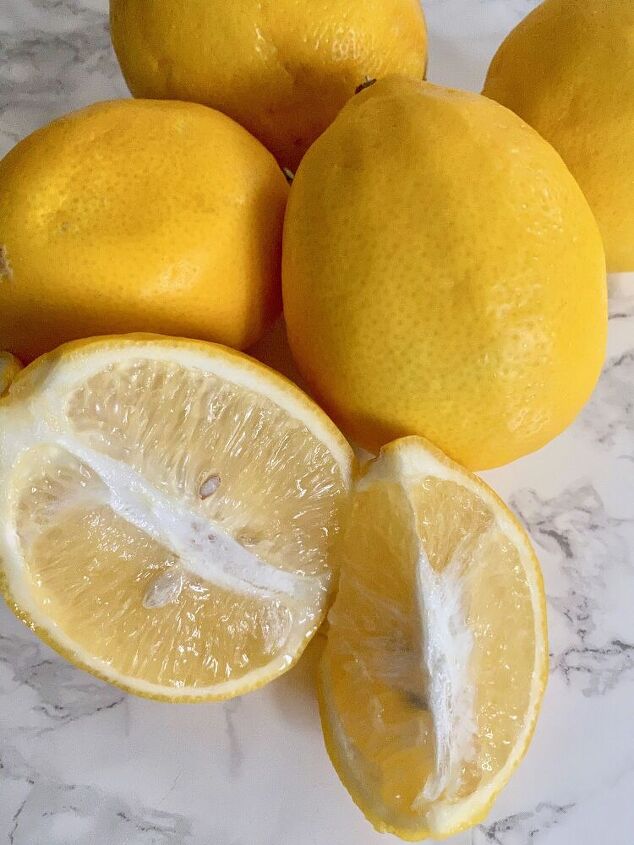



















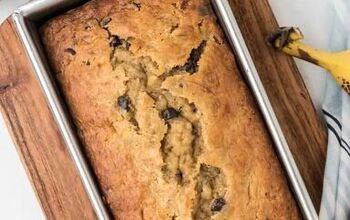


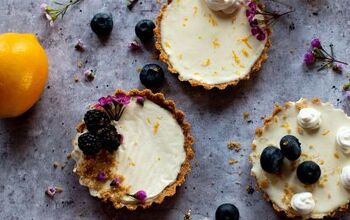

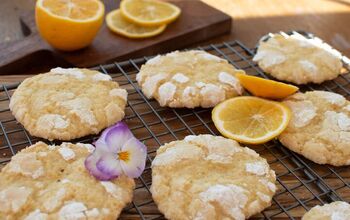
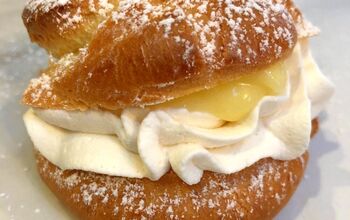
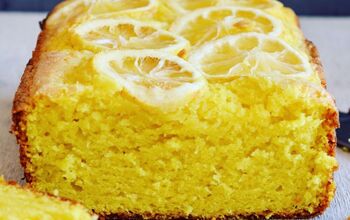
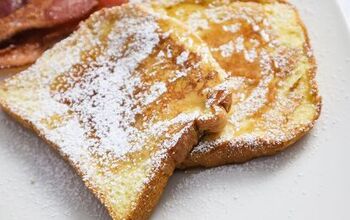
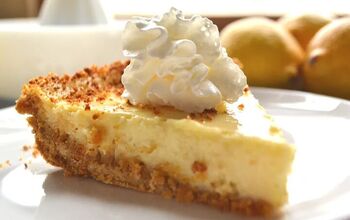
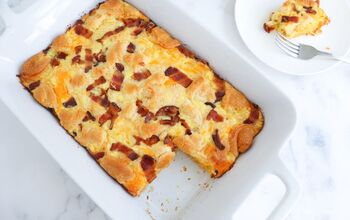

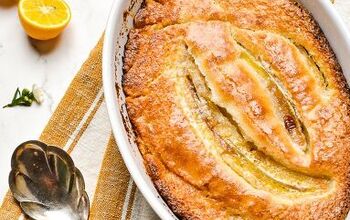



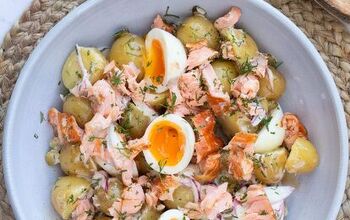
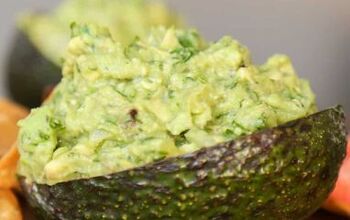
Comments
Share your thoughts, or ask a question!